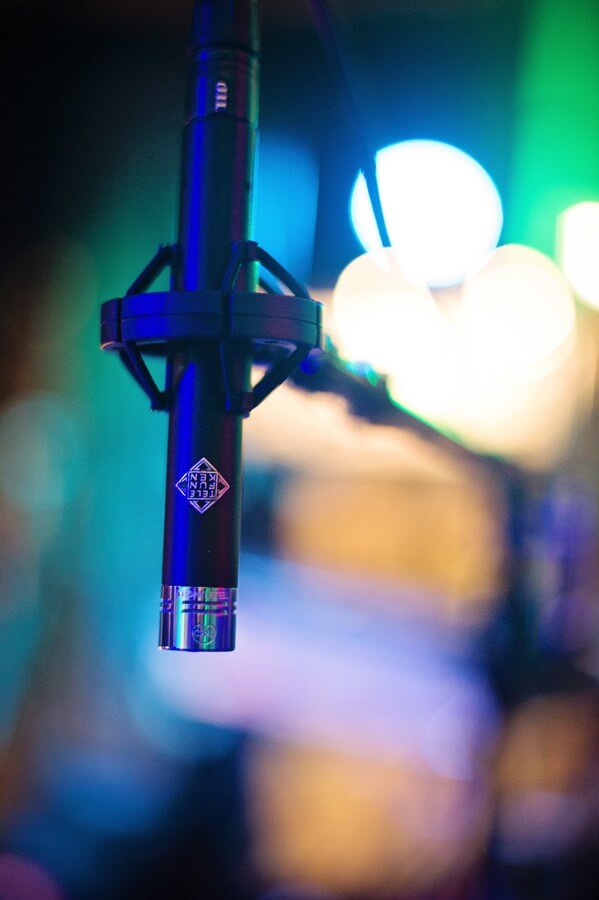Telefunken’s been one of THE names in microphones for decades, with a price to match their quality. Now their M60 Cardioid Condenser won’t break the bank, but its build and sound quality lives up to their reputation.
This is Telefunken’s FIRST (yes, hard to believe) FET solid-state microphone, but the build quality is superb, with a powder coated exterior, and its 15mm diameter, 6-micron gold-sputtered membrane. It’s also meant to handle a lot, sound-wise, with a 20hZ to 20kHz frequency response, and an SPL of 130dB. FETs are a great musical sounding alternative to tubes, with a natural, yet consistent overall response. Like any condenser mic, this is excellent for capturing both vocals and acoustic-based instruments, and their natural response within the recording environment.
We put it through its paces with a very heavy acoustic guitar session. With a flat response, it becomes one of those sessions where mic placement really drives the color of the overall EQ. Placing it about a foot away from the 12th fret, pointing at the fingerboard, it got a nice tight airy shimmer, while not giving up the midrange frequencies. During the session when a bit more bottom end was desired, angling the capsule to the soundhole brought some round low end that again didn’t overpower anything else. It’s tight and very responsive, with excellent articulation, and all the while not getting unmusically crispy or harsh. It’s one of those “just try to get a bad sound” with one of these items; it’s impossible. A pair of these would also make an excellent set of overhead mics for a drum kit, and might just eliminate a lot of individual mics on the cymbals during tracking. Any sound source that works with “air” would greatly benefit with this new Telefunken mic.

Telefunken also offers up two alternative capsules: their T61 Omni Directional, and TK62 Hyper Cardioid capsule. We didn’t get those to review, but the included case has extra storage slots for them, so it’s not just a one-trick-pony type deal.
There’s really no downside to one of these; this could easily be the first step for someone looking to go beyond the prosumer level, and it won’t break the bank. Skip buying that EQ plug-in bundle, get one (or two) of these, and you’ll spend less time fiddling with mic placement than you would hunting through presets and menus to get the sound you want.
